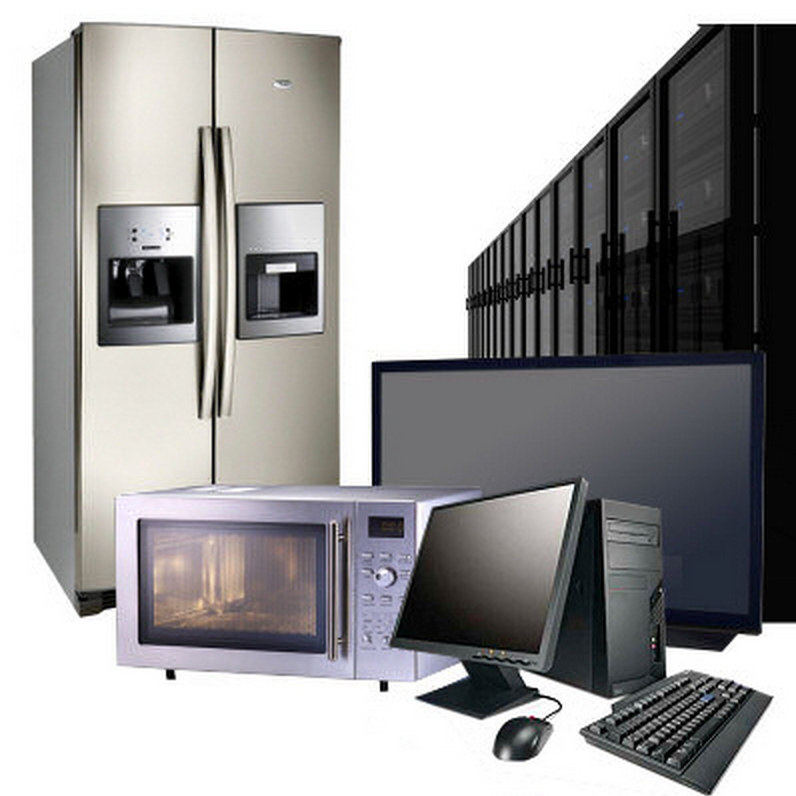BEST HOW-TO GUIDE: TEST YOUR APPLIANCES
Testing is a word used to describe the assessment of electrical appliances and equipment to ensure that they are safe to use. Electrical safety defects can be detected by visual examination, but some can only be found by testing. It is also important to know that visual inspection is just as important as testing. Not all types of electrical defects can be detected by testing alone. The frequency of inspection and testing depends upon the type of equipment and the frequency of usage. New equipment does not require testing, just to be sure a visual inspection is recommended to verify that the item is not damaged.
STORED/USED HOUSEHOLD APPLIANCES
Clean and test household appliances before full time use, if they have been out of use for months. The first time you use household appliances like: fans, washing machines, refrigerators, air conditioners and dryers, make sure that these operate according to the manufacturer’s standards. Be sure to do a visualization check on their operation before making them operate on their own just to make sure that there are no malfunctions.
Collected debris over the winter months can be a fire hazard especially when it comes to the outdoor air conditioning unit. Make sure that the leaves haven’t collected in the condenser portion. Make sure that it cools generally well and all areas are clear to make sure that it is functioning properly, you don’t want this to overheat.
VOLTAGE/OHM METER
Wanting to save time and money by testing your own household appliances? You will need to use a volt/ohm (VOM) meter to guide you. This meter will read your voltage at your wall outlet, it will also make continuity checks on any electronic part of your home appliances. This multi-tester is capable of making electrical measurements and continuity testing. It is necessary for analyzing malfunctions in appliances, lighting systems, automotive and marine electrical systems, motors, batteries, heating, air conditioning equipment and almost all electrical and electronic devices. This piece of equipment has an audible beep to check continuity without looking at the meter. Just like the professionals; it will help you detect circuit breaker problems, solenoids, motors, heating elements, timers, fuses and thermostats. You can make your own diagnosis to help you decide on whether a part is good or bad. This meter can check the following:
A/C Volts: 0 – 750 VAC
D/C Volts: 200mVDC to 1000VDC
Temperature: -40F to 24980F
Temperture: -200C to 13700C
Ohms: 0 to 2000KΩ
D/C current: 200µA to 10 A
Batteries
Milliamps
CHECKING HOUSEHOLD APPLIANCES
By dong a simple visual inspection on your appliances many faults can be corrected. Switch off the equipment and unplug before starting any check. Inspect to be sure that the plug isn’t damaged and is correctly secured with no internal wire visible. Make sure that the electrical cable is not damaged and has not been repaired with insulating tape. Damaged cable should be replaced by a competent person. Ensure that the outer cover of the equipment is not damaged in a way that will cause electrical shock.
AAA APPLIANCE REPAIR
No matter how careful you are in the maintenance and proper care of your household appliances it breaks down one way or the other. A lot of factors cause this like: seldom use, over usage, improper handling, wear and tear and carelessness, among others. When a household appliance malfunctions call us at 415.990.7138 and our service technician will be there to assist you in a jiffy. Repairman’s do-it-yourself solutions might not be a good idea, you might end up wasting time and money. Most of our service technicians are licensed and can repair any type and brand of your household appliance. W value our customers and treat them as our most valued possession. A reason why they repeatedly avail of our service whenever their household appliance breaks down. They bring in acquaintances and through word of mouth we have walk in patrons which increases our client data base. We are honest in our business deal, all our cost estimates are divulged upfront. Our prices are reasonable and competitive, probably the lowest in the San Francisco Area. If a spare part needs replacement we will change this with a new one, no re-cycled parts.
To save on cost on repair service and spare part replacement of your defective household appliance, you do it by yourself. This is a dangerous task if you are not experienced and trained to handle this type of activity. Electrical injuries can be caused by a wide range of voltages. Alternating Current (AC) and Direct Current (DC) can cause a range of injuries such as:
Electrical Shocks
A voltage as low as 50 volts causes a current to flow that can block the electrical signals between the brain and the muscle. This may cause adverse effect such as; stopping the heart from beating properly, breathing problems and muscle spasms.
Electrical Burns
As electrical current passes through the human body it heats the tissue along the length of the current flow. Resulting in deep burns that requires major surgery and are permanently disabling. Burns are more common with higher voltages.
Loss of Muscle Control
People who receive an electric shock get painful muscle spasms that are strong enough to break bones or dislocate joints. The person may fall if working at a height or thrown into nearby structures.
Thermal Burns
Faulty, overloaded, incorrectly maintained, shorted electrical equipment can get very hot; some gets hot in normal operations. People can get thermal burns if they get too near the hot surface.


